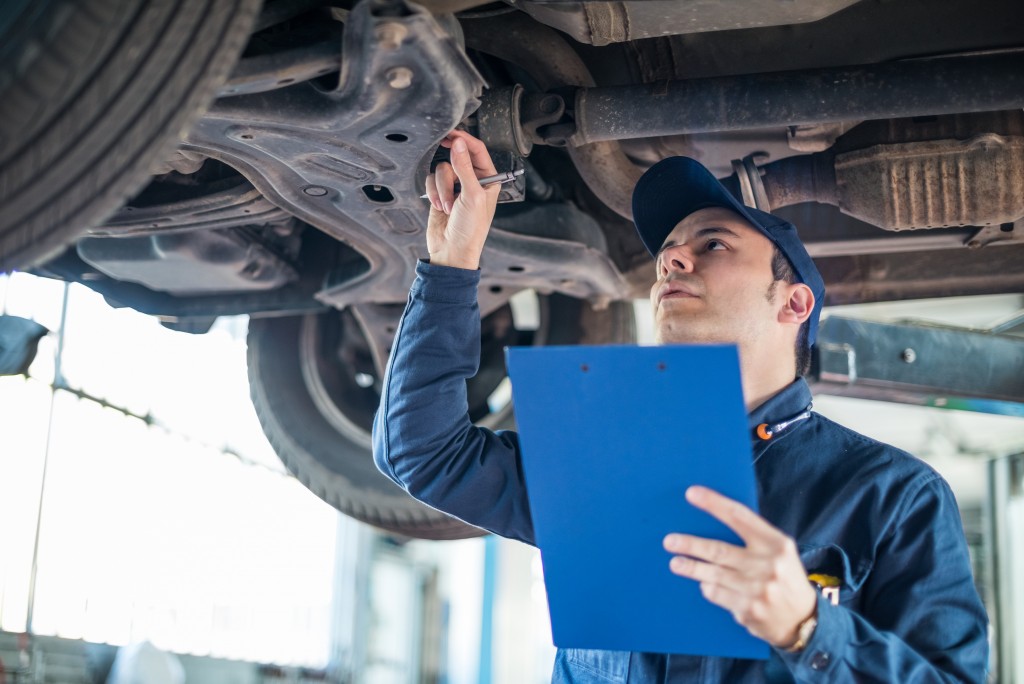An unexpected car repair can break the bank. I’m sure any motorist who has had to pay hundreds of dollars for repairs felt a tinge of regret afterward about not having taken better care of their vehicle. If they’d only heeded that dashboard warning light or went a mechanic when the engine started making noises, they could’ve avoided an expensive repair.
Routine preventive maintenance is one of the best ways to catch small issues before they become bigger and more expensive. Whether you’re looking to replace your old Jeep JL driveshaft or just going in for a routine checkup, here’s how to keep your vehicle in top condition:
1. Read the user manual
While many people defer to their auto mechanics for matters concerning their car, they can’t be expected to know everything there is to know about vehicles. A straightforward way to save money and extend the service life of your car is to read and understand the user manual.
There’s no doubt that auto mechanics are car experts, but who better to ask about your specific model than the people who manufactured it. If a particular issue stumps your mechanic, you might want to ask the people who made your car.
2. Inspect your car
Even motorists who have limited knowledge of vehicular maintenance can train themselves to look out for anything strange or different with a quick visual inspection. Here are some of the things you should look out for.
Tires
First, make sure the tires are inflated correctly. Underinflated tires wear out faster and burn more fuel, while overinflated tires diminish traction and impair the vehicle’s suspension. Next, inspect the tires at least every two weeks to ensure that the correct tire pressure is maintained. This will help reduce the chances of an accident and prevents premature tire failure. Finally, have the tires rotated twice a year to maximize the service life of your vehicle’s tires.
Lights
Imagine you’re driving down the interstate only for the headlights to burn out suddenly. Check your car’s lights, such as the turn signal indicators and the backup lights, every two weeks. If you find broken and burnt-out bulbs, have them replaced them immediately.
Wipers
Driving is hazardous without functioning wipers, especially if there’s a downpour or a blizzard. Replace your wiper blades every six months. If you’re unsure what kind of wiper blades to get for your model, consult the user manual or go to the manufacturer’s showroom. The best way to extend the life of your wiper blades is to clean the windshield regularly.
3. Listen to your car
Just like coughing signals that there’s something wrong with your body, new noises coming from your vehicle are often a sign that something is broken or needs replacing. Here are a few tell-tale signs that your car needs to be checked.
Muffler

You know your muffler is on its way out if it makes rattling or growling sounds while your vehicle is idle. The rattling also tends to become more powerful as you drive. Suspicious noises require an emergency trip to the mechanic, especially since toxic fumes could potentially leak into the car. Do not attempt to make repairs yourself unless you know what you’re doing.
Shock absorbers
A rattling noise could also be a sign that there are loose bolts on the shock absorbers. Have your shock absorbers replaced every 50,000 miles, or if your car starts to bounce or go out of balance.
These pointers will help you keep your vehicle in top condition. A well-maintained car is a safe one, and proactive maintenance measures go a long way in ensuring motor safety.

